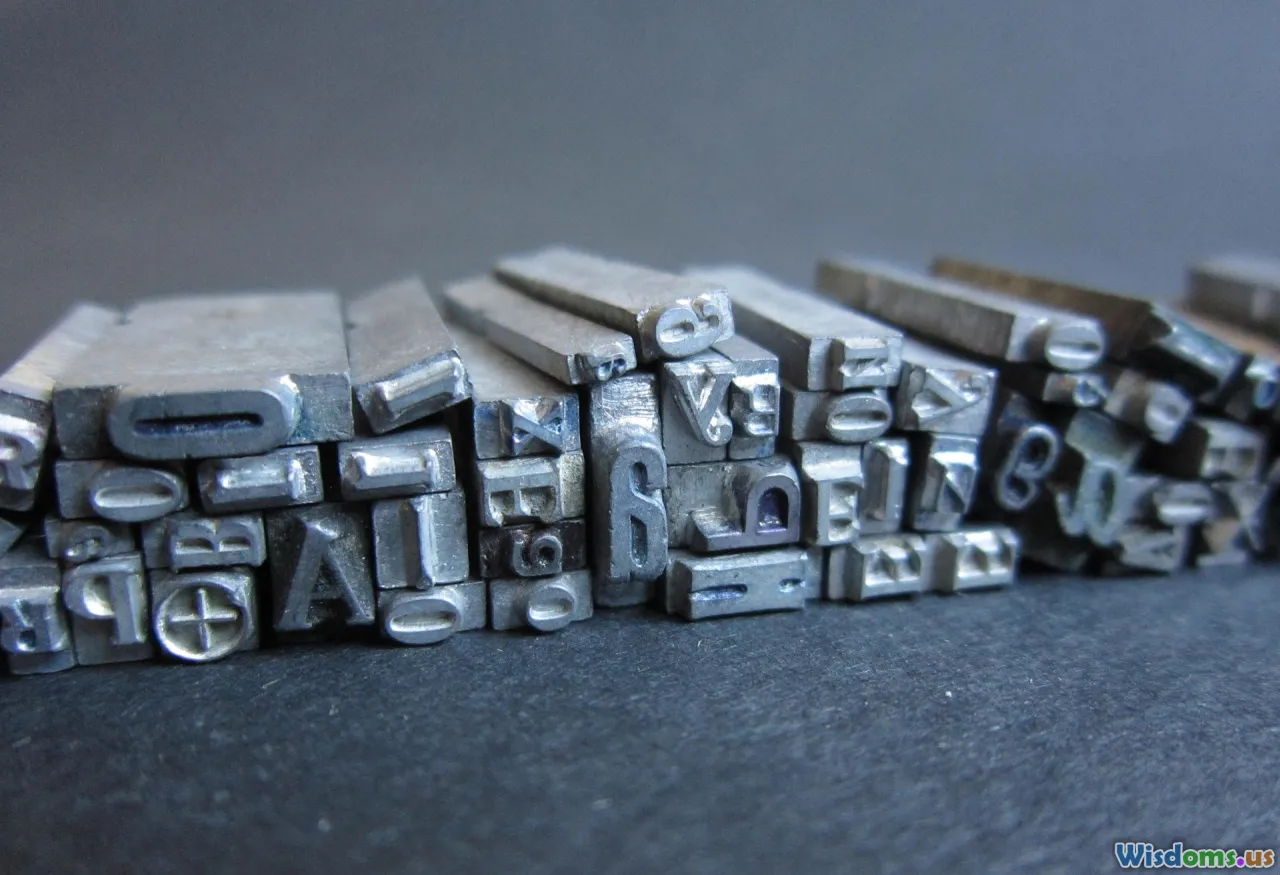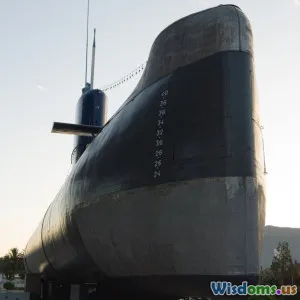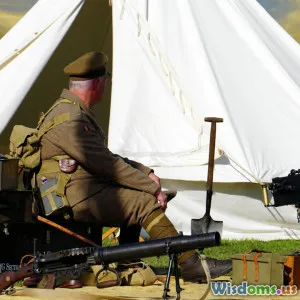
Five Inventions From the Age of Exploration That Changed the World
7 min read Explore five groundbreaking inventions from the Age of Exploration that transformed navigation, trade, and global interaction forever. (0 Reviews)
Five Inventions From the Age of Exploration That Changed the World
The Age of Exploration, spanning roughly the 15th to 17th centuries, was an extraordinary period where curiosity, ambition, and technological innovation collided to reshape the globe. It paved pathways across oceans that were previously unimaginable, connecting continents, cultures, and economies in unprecedented ways. At the heart of this transformation were remarkable inventions and advancements that gave explorers the tools to chart unknown waters, navigate safely, and establish new trade routes.
This article dives deep into five extraordinary inventions from this era that didn’t just aid seafarers but fundamentally altered the course of history.
1. The Caravel: The Ship That Navigated Change
Before the caravel, ships were large, slow, and ill-equipped for the open ocean or maneuvering into uncharted waters. The caravel was a game-changer. Developed by the Portuguese in the early 15th century, this small, highly maneuverable sailing ship featured lateen sails that allowed it to sail effectively windward (against the wind).
Why was the caravel revolutionary?
- Speed and maneuverability: Caravels were fast compared to earlier ships and could be handled with smaller crews.
- Extended voyages: Its design allowed expeditions to go further, such as Bartolomeu Dias rounding the Cape of Good Hope in 1488 and Vasco da Gama’s voyage to India in 1498.
- Versatility: It was small enough for coastal exploration and yet sturdy enough for transoceanic travel.
Historical impact: The caravel enabled European powers to explore west and south with greater confidence. This engineering feat helped trigger Spain's and Portugal’s colonial expansions, leading to the connection of the New World and the Old.
2. The Astrolabe: Navigating by the Stars
A fundamental challenge during long sea voyages was determining latitude. The astrolabe, adapted from earlier Islamic and Greek astronomy tools, allowed mariners to measure the angle of the sun or a star above the horizon.
- Improved navigation: Using the astrolabe, sailors could calculate their latitude, enabling more precise open-ocean navigation rather than relying only on coastal landmarks.
- Example: Explorer Christopher Columbus and subsequent navigators used the astrolabe to confirm their paths across the Atlantic.
Before the astrolabe’s widespread use, mariners heavily depended on dead reckoning — which often led to miscalculations and route errors. By measuring celestial bodies, the astrolabe was a stepping stone towards the sextant and modern navigation tools.
3. The Magnetic Compass: Finding Direction when Lost at Sea
An ancient invention whose significance was amplified during the Age of Exploration, the magnetic compass allowed sailors to determine their direction relative to magnetic north.
- Significance: This meant nocturnal travel, cloudy days, or foggy conditions no longer led to complete disorientation.
- Maritime chronicles: Accounts of Zheng He’s treasure voyages in the early 1400s document the Chinese use of compasses, while in Europe, improvements in compass design increased safety and efficiency.
While simple in concept, the compass instilled confidence and capability in explorers venturing off known coasts, making it foundational for all subsequent maritime expeditions.
4. The Printing Press: Spreading Knowledge Globally
Though not a navigational tool, Johannes Gutenberg’s invention of the printing press around 1440 was pivotal during the Age of Exploration. It played a crucial role in disseminating geographic knowledge, navigational charts, and explorers’ accounts to a wider audience.
- Maps and charts: The printing press facilitated the mass production of detailed maps (cartography), like those by Gerardus Mercator, enabling more accurate and standardized navigation resources.
- Sharing discoveries: Books such as Amerigo Vespucci’s letters were translated and circulated widely, fueling interest and investment in overseas voyages.
Essentially, the printing press connected knowledge with action, accelerating exploration by educating sailors, financiers, and sovereigns alike.
5. Gunpowder and Cannons: Securing New Territories
Although gunpowder originated in China centuries earlier, its strategic combination with firearms and ship-mounted cannons became a dominant force projecting power during the Age of Exploration.
- Military advantage: Naval cannons enabled European powers to conquer coastal forts and control sea routes with superior firepower.
- Changing warfare: Battles, such as those during Portuguese conquests in Africa and Asia, demonstrate how naval artillery played a crucial role in securing trade dominance.
The integration of gunpowder weapons into exploration helped establish colonies, carve spheres of influence, and enforce new political and economic hierarchies, profoundly shaping how empires expanded.
Conclusion: Inventions That Shaped a Connected World
The Age of Exploration’s impact goes well beyond discoveries on a map. It was an era defined by ingenious inventions that collectively propelled humanity toward globalization. The caravel revolutionized sea travel, the astrolabe and compass enabled confident open-sea navigation, the printing press spread vital knowledge & cartographic advancements, and gunpowder ensured military dominance and colonial expansion.
Together, these innovations shrank the world—transforming disparate cultures into an interconnected global community and laying the foundation for modern commerce, science, and geopolitics.
Today’s GPS, advanced naval vessels, and global trade owe a debt to these transformative inventions crafted half a millennium ago during a time when curiosity met invention on the vast, mysterious oceans.
As explorers then pushed boundaries with new tools, so can we push the limits of understanding and innovation today. The Age of Exploration reminds us that with inventive spirit and bold action, the horizons are truly limitless.
Rate the Post
User Reviews
Popular Posts

















